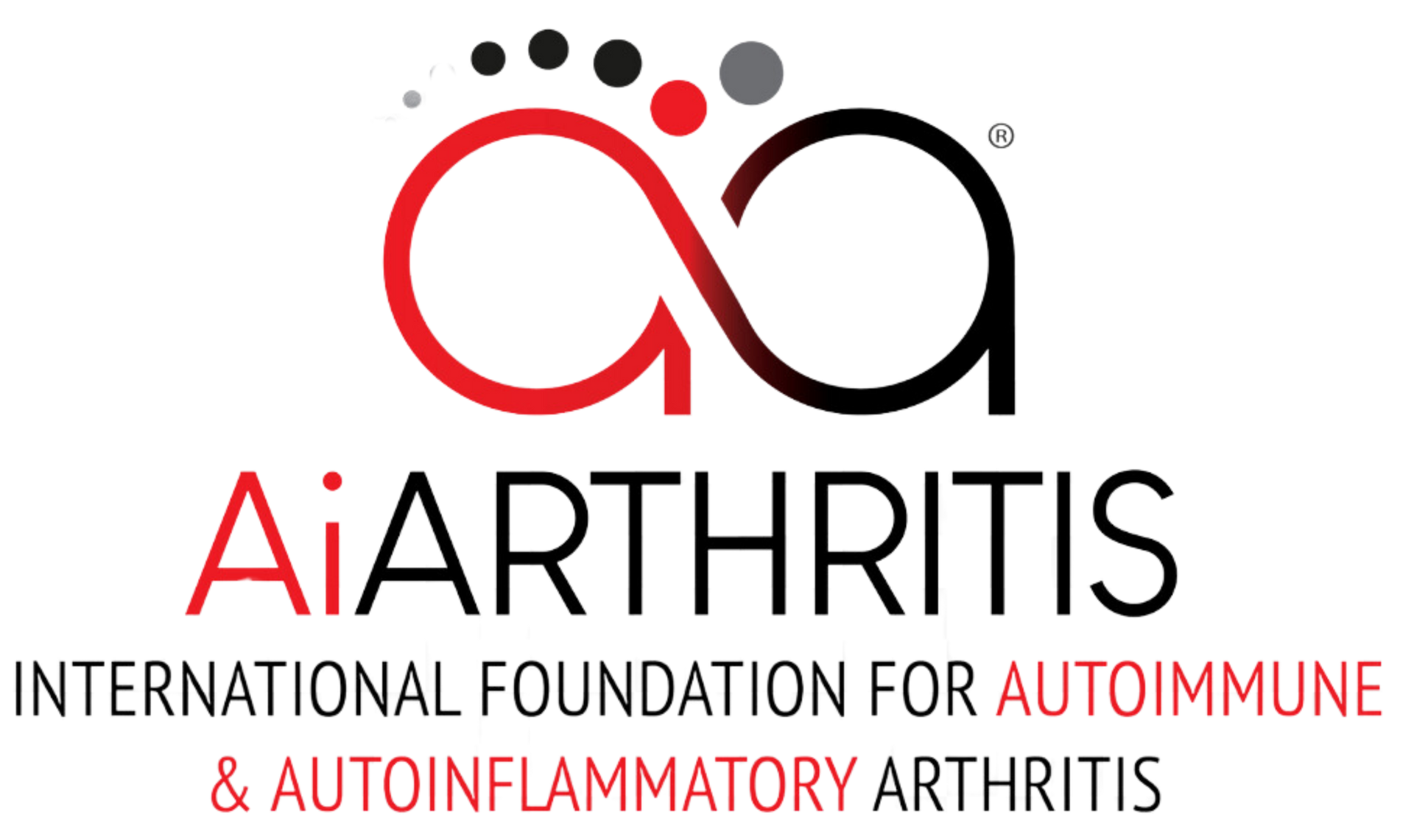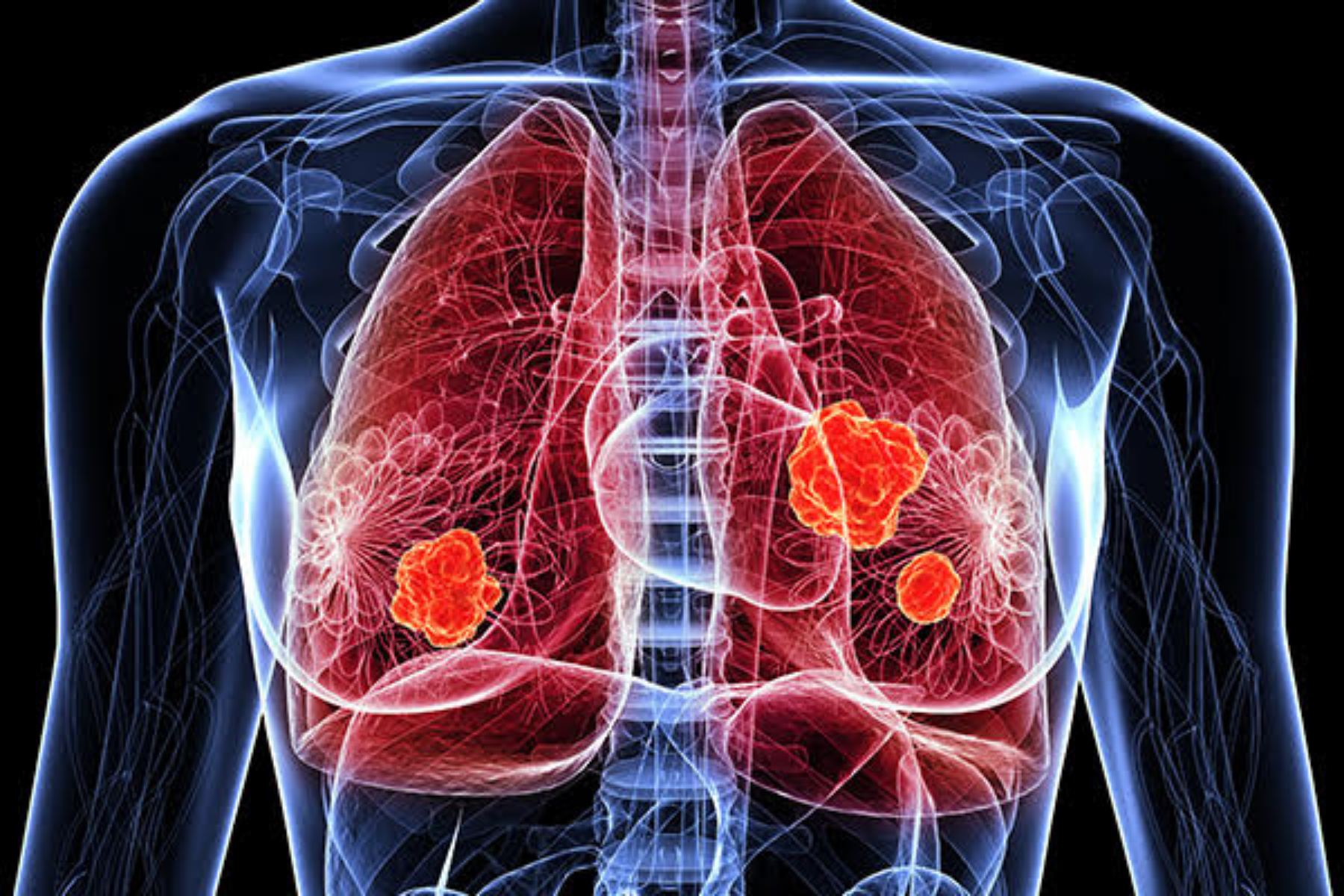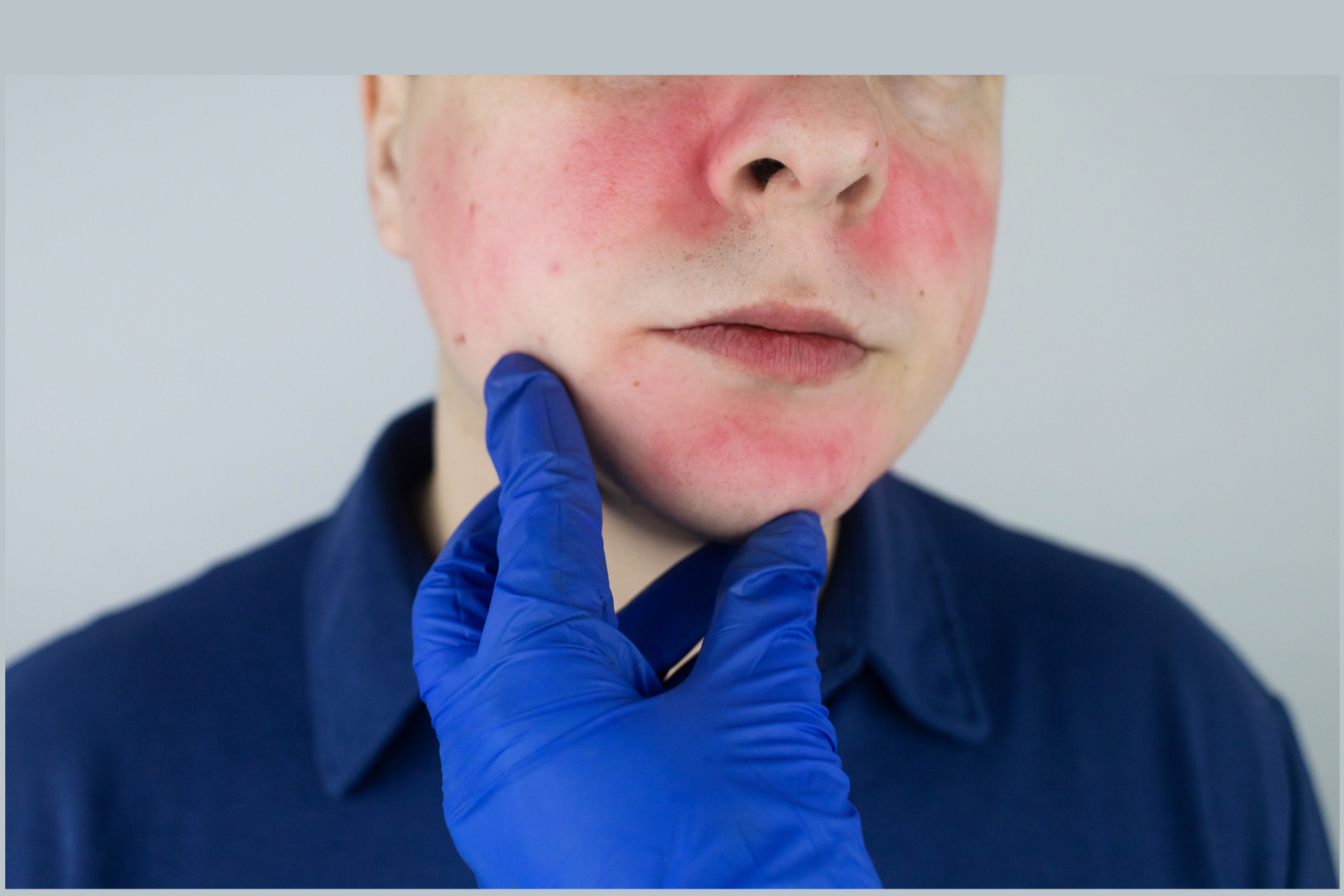Systemic Sclerosis (Scleroderma)
How to pronounce it: Scleroderma - sklair-oh-DUR-muh
Systemic -
suh-steh-muhk Sclerosis -
sklr-ow-suhs
AiArthritis defines Scleroderma as:
Scleroderma, also called systemic sclerosis, is a group of rare diseases that cause hardening and tightening of the skin. It can also affect internal organs and blood vessels.
Symptoms & Characteristics
Common in All AiArthritis Diseases
Flares: Periods of worsening symptoms are called flares. A flare can last for hours, days, weeks, or months.
Physical Activity: Condition improves with activity and exercise and worsens with rest.
Comorbidities: When inflammation is left uncontrolled due to lack of proper treatment, comorbidities can develop. 70% of patients with chronic, lifelong disease will develop comorbidities, including dual or triple diagnoses.
Family History:
Autoimmune diseases often run in families, indicating a potential genetic predisposition where that gene can cause disease. Autoinflammatory diseases can occur multiple times in a family, but is based off of genetic mutation. It is not a gene that causes the disease— but a mutation on the gene that can cause the disease which can then be passed on to the next generation.
"Auto" Symptoms
Fatigue: Severe fatigue or exhaustion that may not be helped by caffeine/stimulants and can happen even after a long period of rest.
Cognitive Dysfunction: Brain fog or periods of time where thinking gets clouded and it becomes difficult to concentrate.
Flu-like symptoms: Without having the flu- nausea, muscle weakness, and general malaise.
Fever: Typically low grade in autoimmune (with exception of juvenile idiopathic arthritis) and higher grade in autoinflammatory (% strongly varies per disease).
Reference: Early Symptoms of AiArthritis Study, AiArthritis, 2019.
Inflammatory Arthritis Symptoms
Stiffness: Severe stiffness in one or more joints, especially in the morning or after sitting for long periods of time.
Joint Pain: Episodes of joint pain that may last for hours, days, or even weeks, that can appear and disappear suddenly. Often described as “jumping pain” into different locations.
Typically the joint pain will coincide with one or more “Auto” symptoms and start and stop suddenly - for no apparent reason (which is called a "flare"). Some people will experience all of the above symptoms, others only a few.
If you have any of the arthritis features, and at least one of the “Auto” features, please consult your physician about a referral to a specialist.
Symptoms Often Associated with Scleroderma
- Hardening and tightening of the skin
- Swelling and itchiness
- Small red spots: (telangiectasia) on their hands and face
- Calcium deposits: form under the skin, particularly at the fingertips, causing bumps that can be seen on X-rays
- Raynaud's phenomenon: Fingers and toes that turn white or blue when exposed to cold or during stressful periods
- Heartburn
- Difficulty swallowing
- Gastrointestinal symptoms: bloating, diarrhea, constipation, fecal incontinence
- Shortness of breath
- Decreased exercise tolerance
- Dizziness
- Pulmonary hypertension
- Irregular heartbeat
Diagnosing Scleroderma
There’s no single test that can confirm a Systemic Sclerosis (Scleroderma) diagnosis, so rheumatologists rely on a combination of physical exams, blood tests, and imaging (such as MRI), along with a family history of autoimmune diseases.
Common tests for diagnosing Scleroderma include:
- ANA (Antinuclear Antibody) Assay: A blood test to detect the presence of autoantibodies.Nailfold Capillary Test: Used to examine the small blood vessels near the fingernails.
- Skin Tests (Modified Rodnan Skin Score): Measures the thickness of the skin in specific areas of the body.
- Pulmonary (Lung) Function Tests: Evaluates lung capacity and function.
- Pulmonary Arterial Hypertension (PAH) Tests: Assesses for signs of high blood pressure in the lungs.
- Upper GI Testing: Used to detect issues in the digestive tract, often affected by Scleroderma.
These tests help provide a comprehensive assessment for diagnosing and managing Scleroderma.
Scleroderma Treatment Options
Treatment OptionsTreatments are tailored to each individual's disease, but visit our Treatment Options page to learn more about the different types of treatments that are used for Scleroderma.
What Fellow Scleroderma Patients Want You to Know
Submit YOUR AdviceWe need YOUR advice! Fill out this form to give peer advice to those with your disease.
Interesting Facts about Scleroderma
- Scleroderma, meaning “hard skin,” comes from the Greek words “sclero” (hard) and “derma” (skin), first named in the 18th century by Italian physician Carlo Curzio. The name refers to the thickening and hardening of the skin, the most visible feature of the disease. It was later discovered that this autoimmune disease can also affect internal organs through excessive collagen production.
- The name scleroderma comes from the Greek words skleros, which means hard, and derma, which means skin
- Twins and family members of those with scleroderma or other autoimmune connective tissue diseases, such as lupus, may have a slightly higher risk of getting scleroderma.
- Although over 95% of patients with scleroderma have Raynaud's, the chances of someone with Raynaud's developing scleroderma is small - it is less than 2% women and 6% in men.
Scleroderma Awareness Days/Months
- World Autoimmune and Autoinflammatory Arthritis Day - May 20th
- Rare Disease Day - February 29th (28th)
- Autoimmune Awareness Month - March
- Scleroderma Awarness Month - June
- World Scleroderma Day - June 29
- Rheumatic Disease Awareness Month - September
- Pain Awareness Month - September
- Chronic Disease Awareness Day - July 10th
- Invisible Disabilities Week - 3rd full week of October
Other Scleroderma Resources
In an effort to ensure this page has the most accurate and up-to-date information, this page is currently awaiting medical review. Some information is subject to change.
Page Last Updated: 10/31/2024




